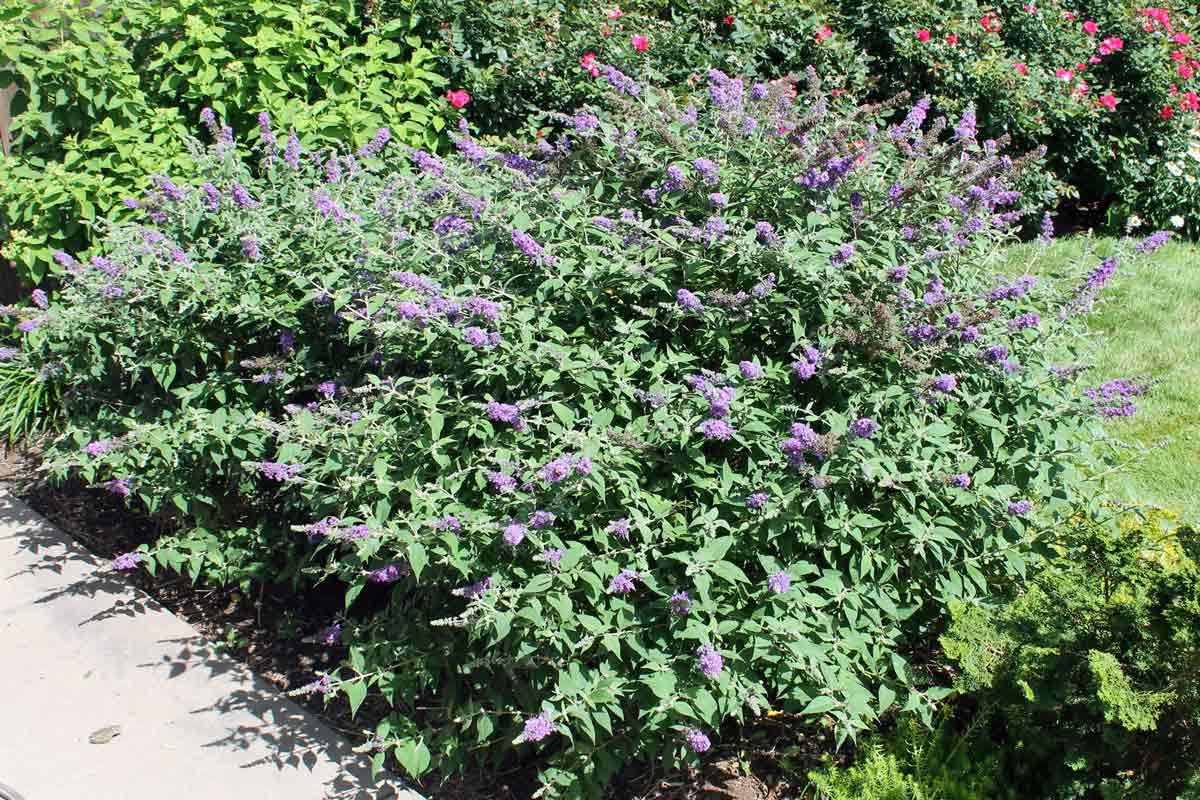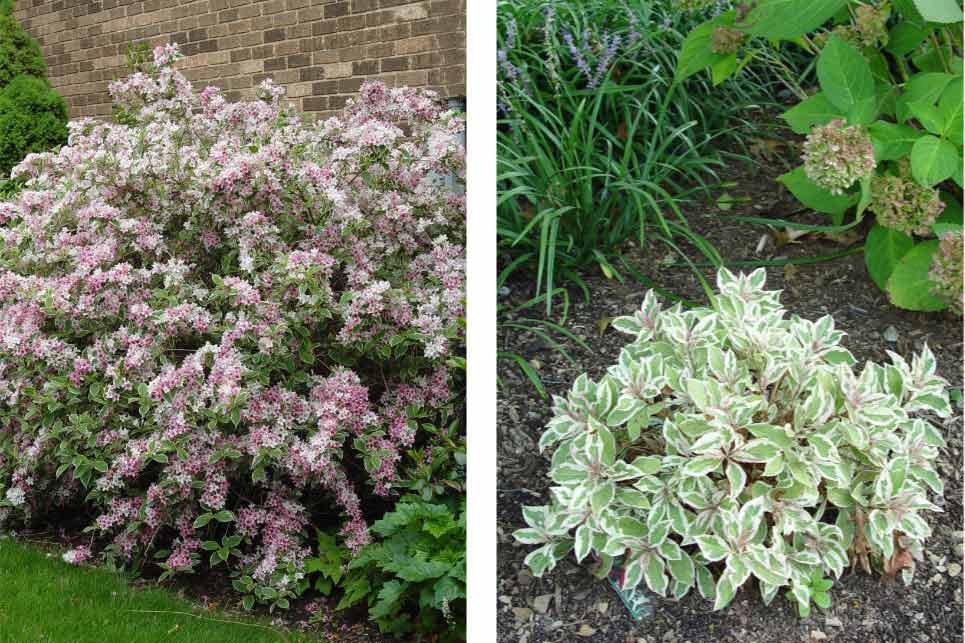Top 10 Early Bloomers
These 10 bulbs, perennials, or shrubs are hot out of the gate after a long and cold winter which makes them great candidates for your garden.
Small plants are becoming the trend as yards get smaller and people recognize the lack of pruning needed to care for these dwarf varieties of larger plants.
Careful plant selection can nearly eliminate one not-so-popular gardening job: pruning.
By picking compact plants that are both slow-growing and sized to stay within the space you have, you’ll never need to do any more than light trims – if even that.
Plant growers have produced a profusion of compact or “dwarf” varieties lately, as average yard sizes shrink and gardeners seek to avoid the work of regularly pruning big shrubs and shearing tall hedges.
Dwarf varieties are down-sized versions of bigger, traditional plants. These varieties are usually created by taking branch-tip cuttings from plants that are mutated to grow smaller than their brothers and sisters.
When those cuttings are rooted and grown, they often produce the same plant, just in a smaller-size. The best of these copies then become “mother plants” for a new line of dwarf plants.
The resulting small plants typically grow at a slower pace and, in some cases, mature to less than half the size of older plants. As an example, dwarf lilacs grow five to six feet tall instead of the 12 to 14 feet of a full-grown lilac.

© George Weigel
Not only has the small plant trend caught on, but it has created a demand for even smaller “super-dwarf” or “micro” versions of once-big plants.
It’s now possible, for example, to grow butterfly bushes such as Lo and Behold® ‘Blue Chip Jr.,’ ‘Magenta Munchkin,’ and Pugster Blue® that top out at only two to three feet tall. Additionally, Rose of sharon Pollypetite® grows into a compact four-foot mound instead of a 10-foot-tall bush, forsythias such as Goldilocks® and Gold Tide® stay under three feet tall, and weigela My Monet® grows in a two- to three-foot ball instead of the sprawling six-feet, it fills outs in larger varieties.
Breeders have even down-sized some popular trees into mounded flowering shrubs, including the dark-leafed Velveteeny® smokebush (four feet instead of 12), panicle hydrangeas such as Little Lime®, Bobo®, and Little Quick Fire® that are five- to six-feet instead of older 10- to 12-foot PeeGee types, and numerous three- to four-feet, dwarf rounded crape myrtles that are ideal along with house foundations.
Many more evergreens are also available in shorter sizes. These shortened evergreens include dwarf spruce, dwarf cryptomeria, dwarf hollies, dwarf junipers, and a host of dwarf Hinoki false cypress in many forms and needle colors.

© George Weigel
The shrinking act has carried over into perennial flowers as well. The small plant trend can be seen most notably with Russian sages such as ‘Denim ‘n Lace’ and Little Lace™ that grow to only two feet tall instead of a floppy four feet, 15-inch-tall catmints instead of plants twice that height, and the Little Cuties™ series of coral bells that grow a meer five to six inches tall.
You’ll also find lots more previously tall perennials that stay under one foot tall, including bee balm, Japanese anemone, hosta, coreopsis, shasta daisy, and salvia.
Breeders have even managed to shrink miscanthus grass – typically four feet tall or more – down to only 18 inches with the ‘Little Kitten’ variety.
Most of these new/newish varieties of small plants can be found on garden-center benches alongside the standard varieties. As well as being placed with the larger plants, the small plants are usually priced about the same too.
When browsing for small plants, check the labels for projected sizes and recognize that “dwarf” in the name doesn’t necessarily equate to “little.” A plant can be considered a “dwarf variety” so long as it’s smaller than the standard-size version.